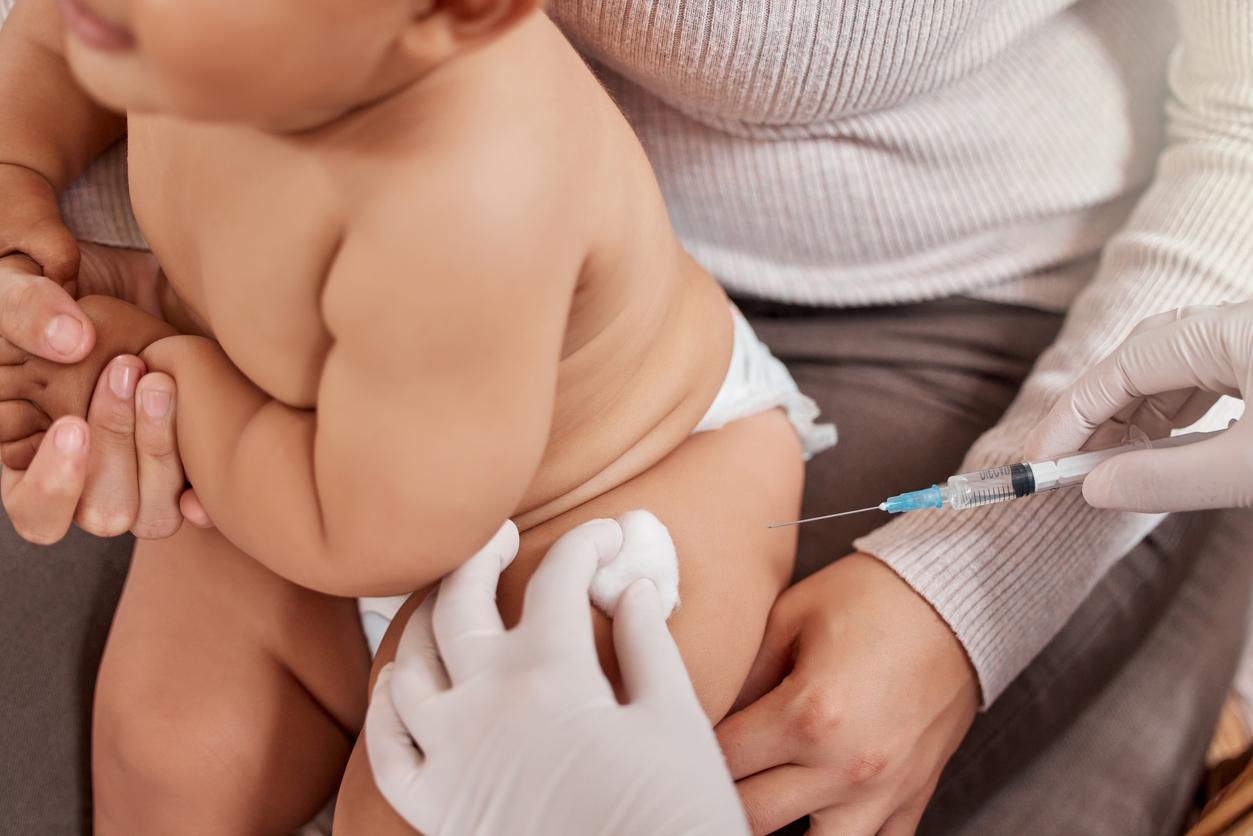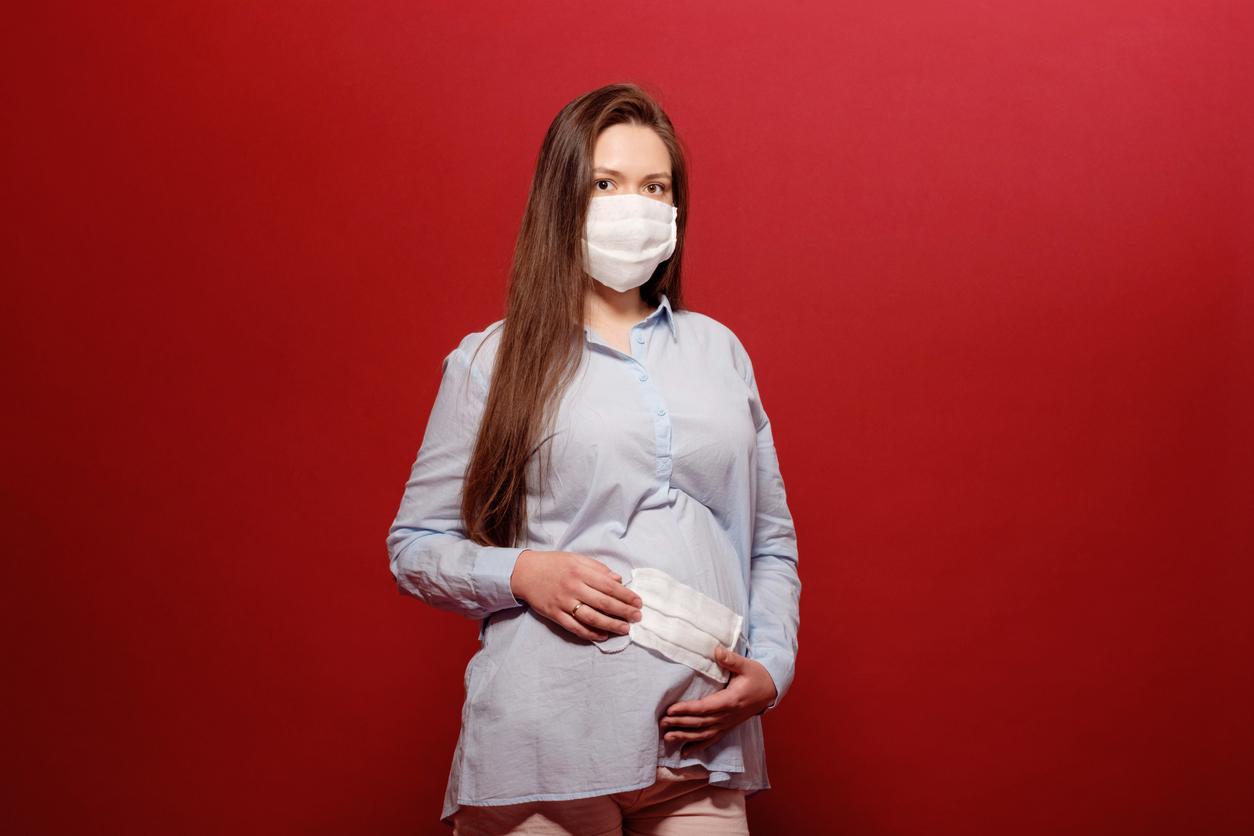American researchers have shown that babies, living at very high altitudes, were twice as exposed to the risk of sudden death as those living at less than 1,800 m.

Sudden Infant Death Syndrome (SIDS) usually occurs without symptoms or warning signs.
Even if there are no definite causes, researchers at the University of Colorado (United States) suggest that there could be a link between hypoxia (lack of oxygen) and this syndrome. They showed that SIDS was twice as high in babies living at elevations of around 2,400 meters. The results of this study were published in the journal Pediatrics on May 25th.
2.5 times more risk of exposure
These results are based on the analysis of data available in birth and death registers for 393,216 infants (born and deceased) between 2007 and 2012. By looking at the home address of mothers, the researchers have found that nearly 80% of babies lived at elevations below 1,800 meters, 18.5% of them resided between 1,800 and 2,400 meters and just under 2% lived above 2,400 meters above sea level.
By isolating factors such as birth weight, smoking and alcohol consumption during pregnancy, the ethnicity and average age of the parents, socio-economic status or breastfeeding, the researchers found that babies who resided at high altitudes had 2.3 times more to experience Sudden Infant Death Syndrome than those living at elevations below 1,800 m.
Other responsible factors
For the researchers, however, parents should not panic, since the risk remains low. All altitudes combined, Sudden Infant Death Syndrome concerns 79 deaths per 100,000 children living above 2,400 m and 40 per 100,000 children below 1,800 m altitude.
The research team does not indicate in their study whether hypoxia alone contributed to SIDS. Scientists point out that other factors such as the lying position of newborns on their stomachs or passive smoking, which leads to insufficient oxygenation of the tissues, can contribute to SIDS.
Previous studies had already implicated the combination of environmental stressors during the developmental period of the child, between 2 and 4 months after birth, in the appearance of this syndrome. However, this is the first time that work has investigated the link between scarcity of oxygen at high altitudes and sudden infant death syndrome. SIDS affects 3,500 children under one year of age each year in the United States and nearly 250 in France, according to the National Institute for Sanitary Surveillance (InVS).
.















